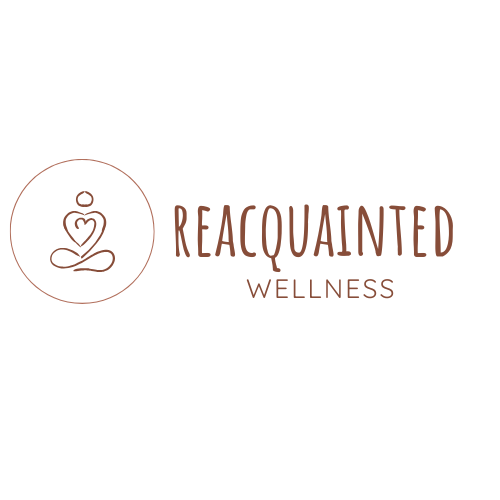Is It Stress or Stored Trauma? How to Tell the Difference
We’ve all experienced stress — the racing heart before a presentation, the tight chest after a long battle with bedtime, the restless sleep when life feels overwhelming. Stress is part of being human, but sometimes what feels like “just stress” is actually trauma that is stored in our bodies.
Why does this matter?
It’s simple: the way we approach stress relief is very different from how we heal our trauma.
Stress vs. Trauma: The Key Difference
Stress is your body’s natural response to a challenge or demand. It rises and falls depending on what’s happening. When the pressure is gone, the body eventually resets.
Trauma is what happens when an experience overwhelms the nervous system. Instead of resolving, the body stores that survival energy. Even when life feels calm again, the body acts as if the threat is still there.
Think of it this way: Stress is like a passing storm. Trauma is like floodwater that never fully recedes.
Signs It May Be Stress
Symptoms lessen when the stressor ends
You can rest and recover after downtime
Irritability, tension, or worry tied to specific situations
Energy and focus return once the challenge is over
Signs It May Be Trauma
Symptoms linger long after the event has passed
You feel “on edge” even in safe situations
Your body reacts strongly to triggers that don’t make logical sense
Sleep, digestion, or relationships are impacted in ongoing ways
Stress relief tools (like a walk or deep breath) don’t seem to have any impact
Why the Nervous System Matters
Both stress and trauma live in the nervous system — the difference is whether your body is able to reset on its own. When stress becomes trauma, the body gets stuck in survival mode. That’s why somatic and trauma-informed practices are so effective — they help complete those unfinished stress responses and bring the nervous system back to balance.
Stress is temporary. Trauma is persistent. If your body feels stuck in patterns that don’t shift with rest, it may be more than stress — and that doesn’t mean you’re broken. It simply means your body is asking for deeper support.
If you’re curious about nervous system healing, somatic practices, or gently working with trauma, reach out. You don’t have to navigate this alone. Want to learn more about somatic therapy or how somatic therapy might be helpful? Check out our offerings here.
Did this resonate? Let us know in the comments. How do you know the difference for yourself?

